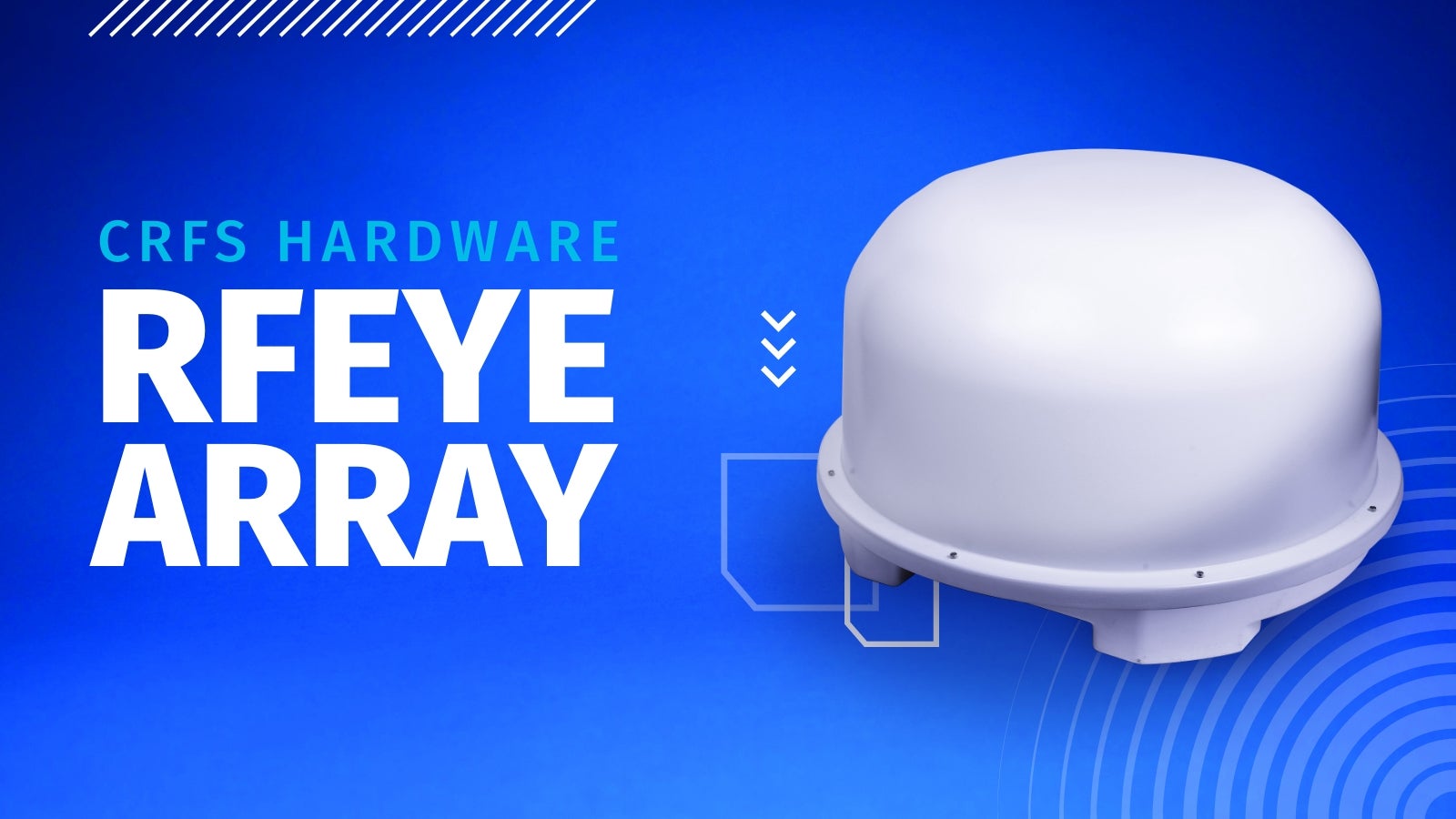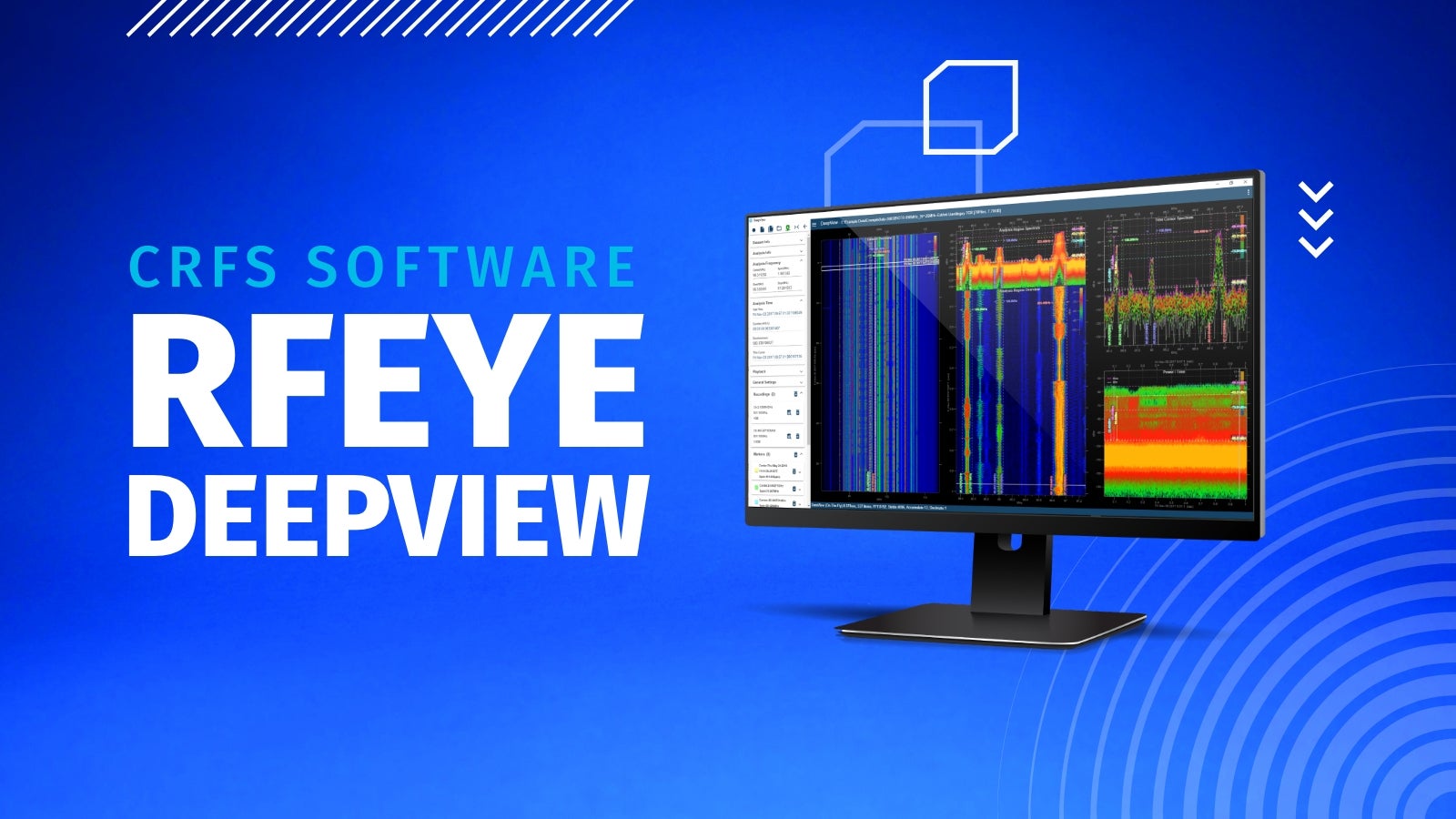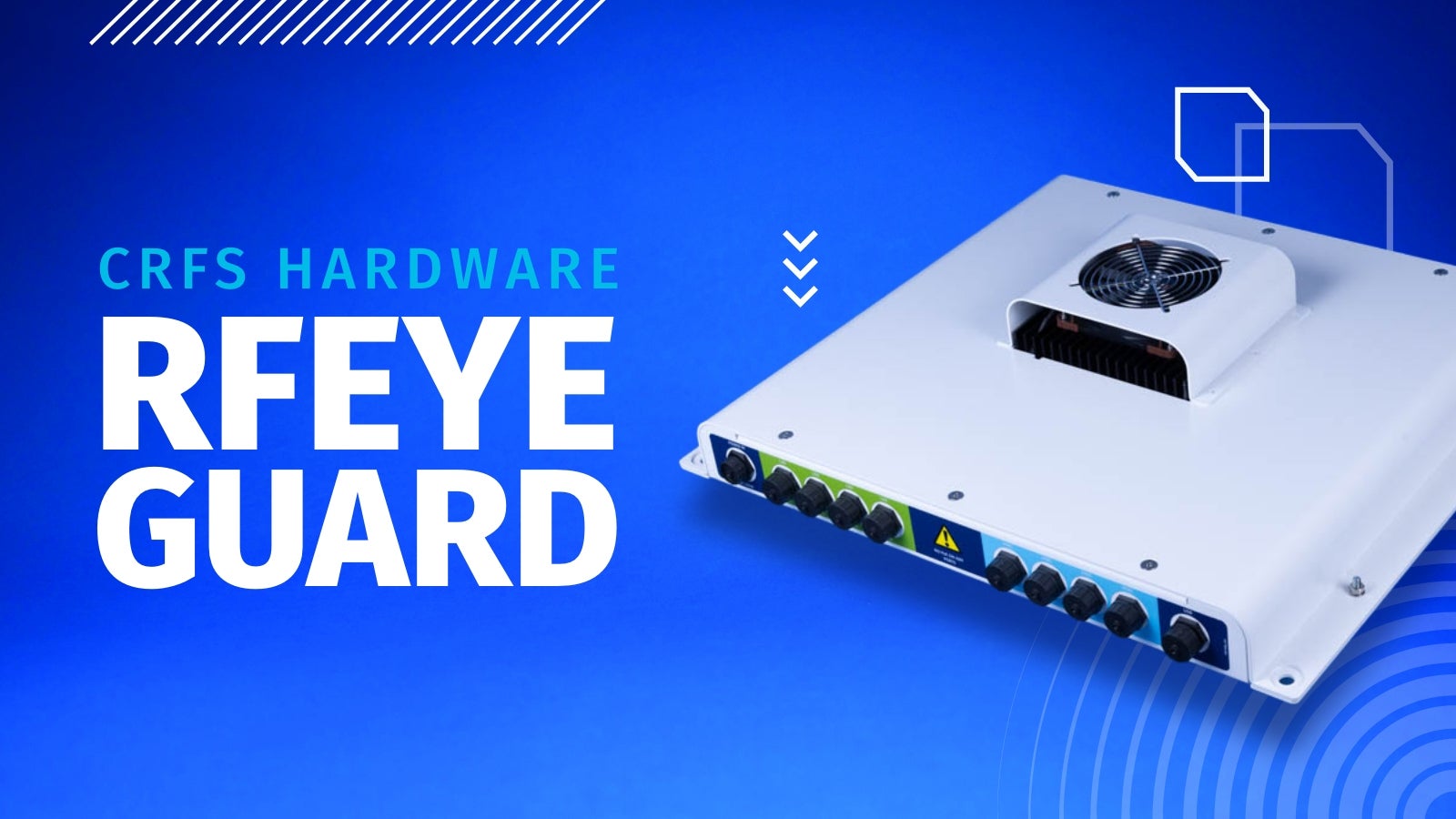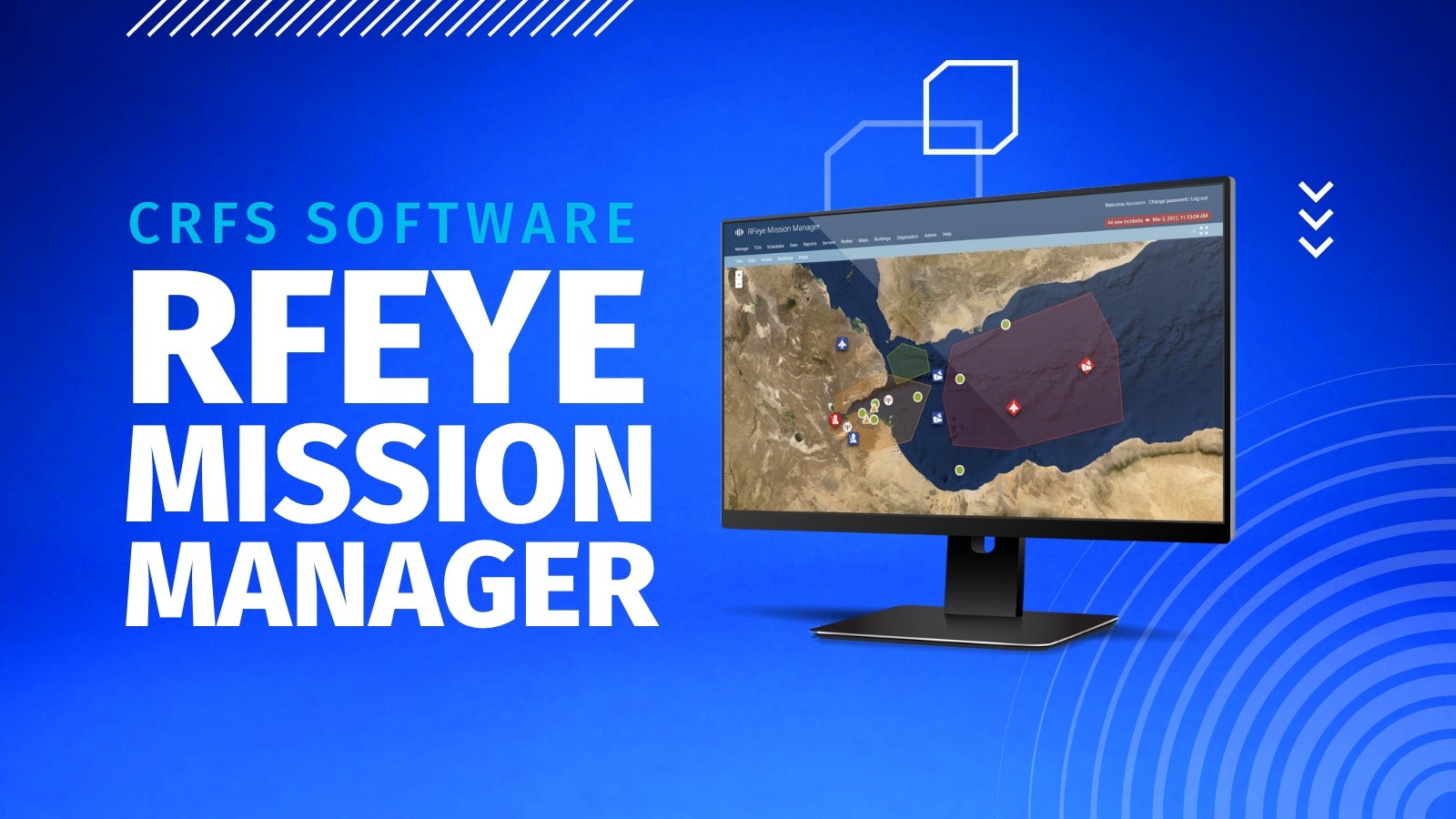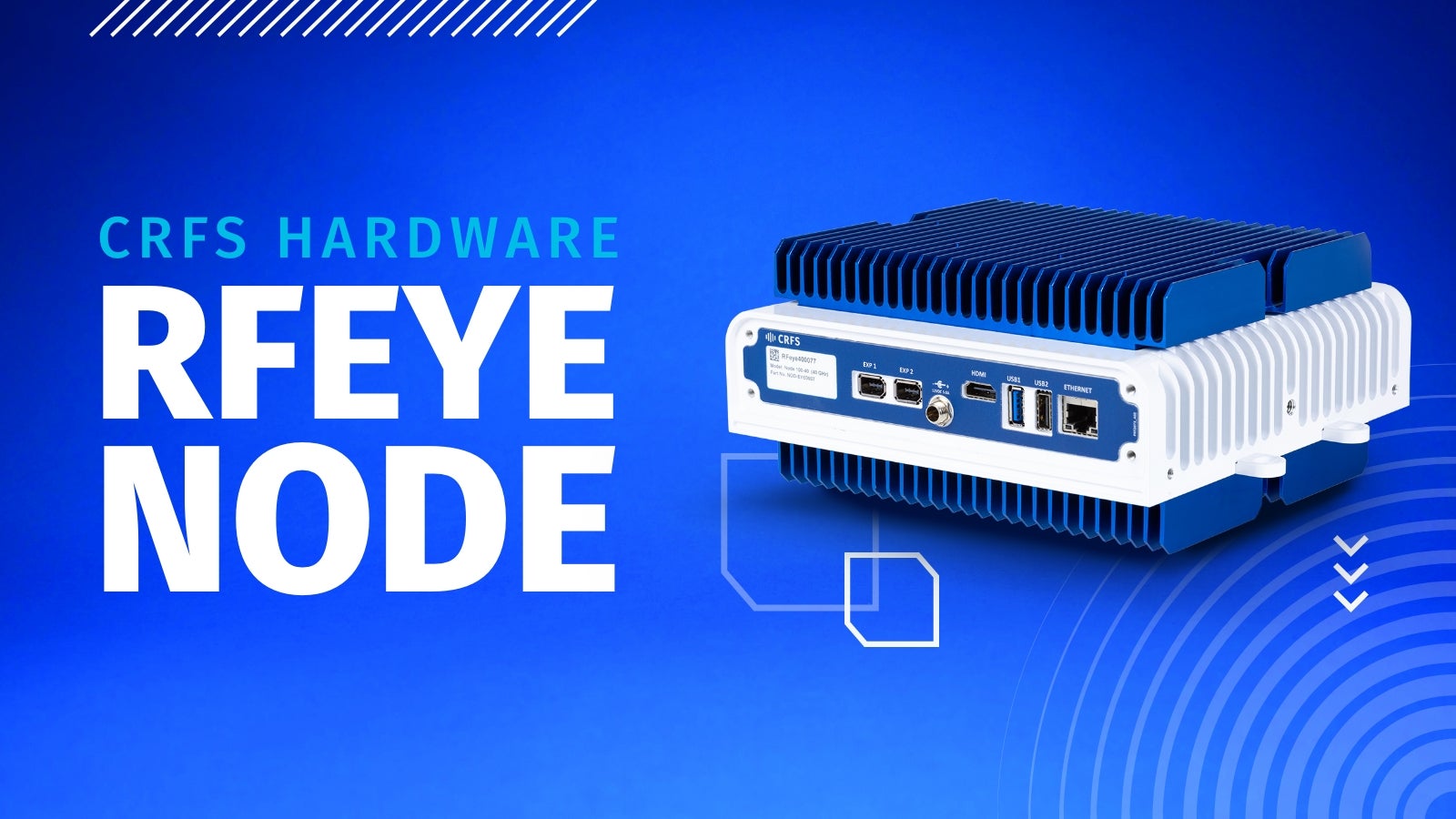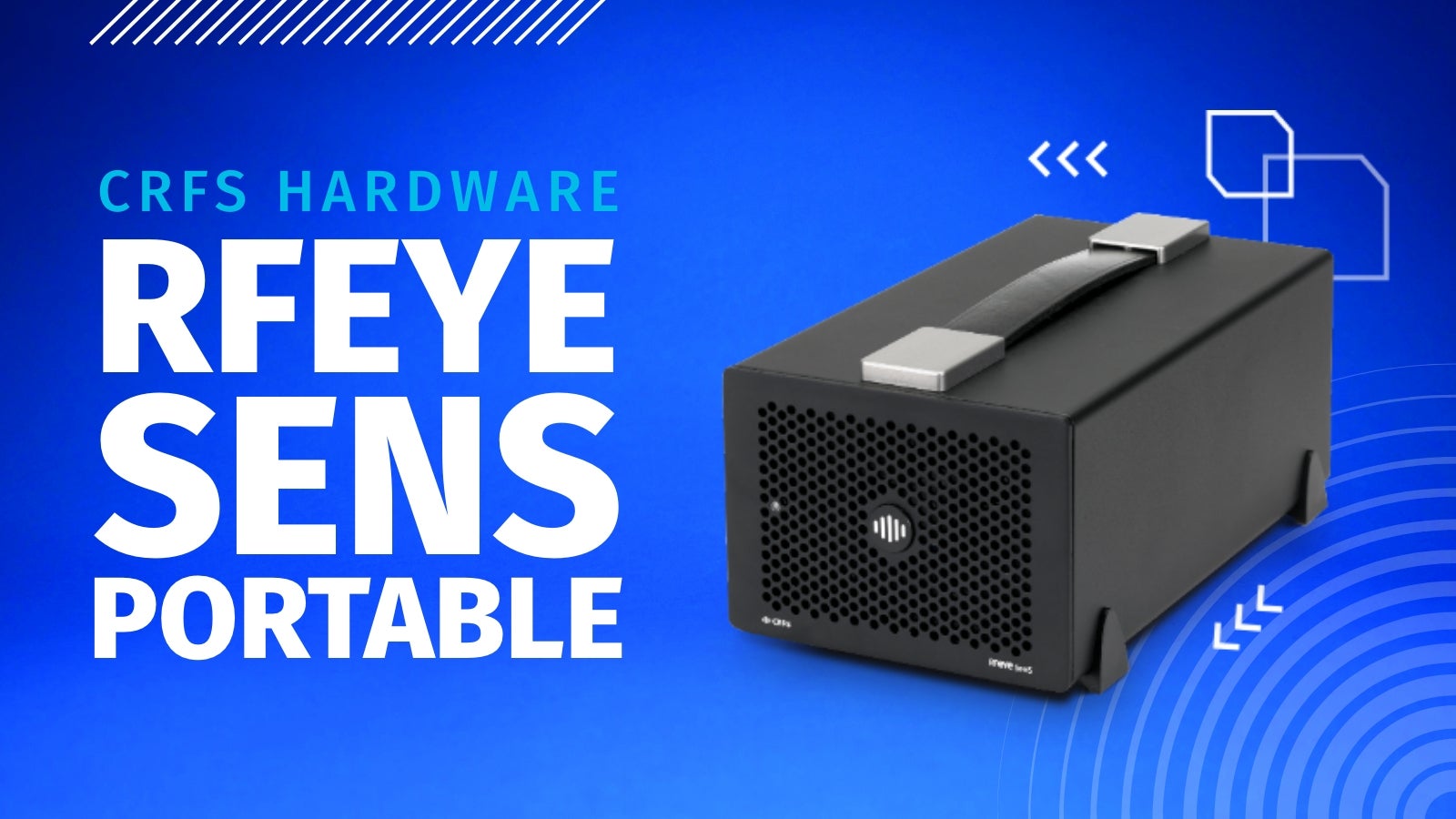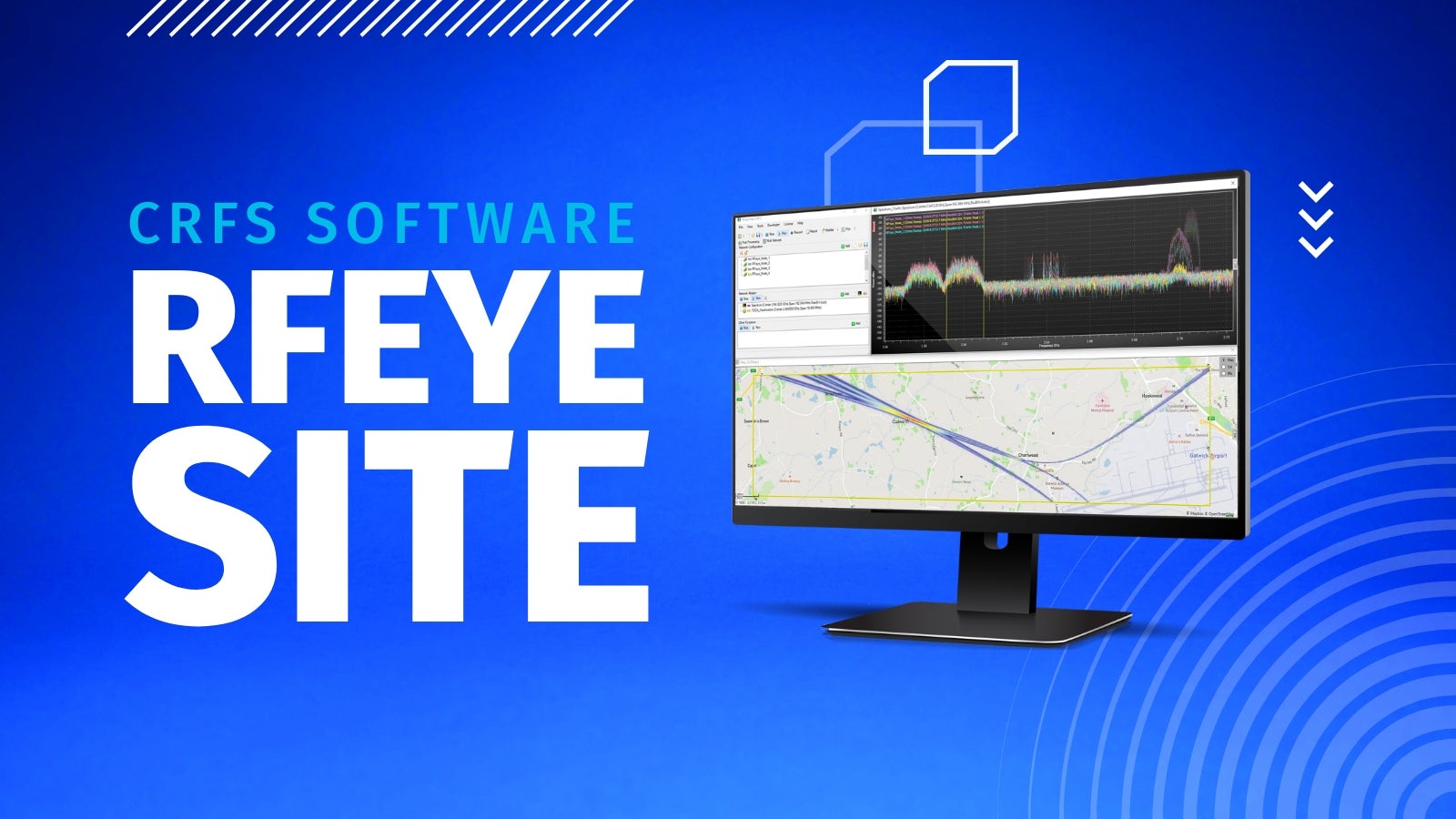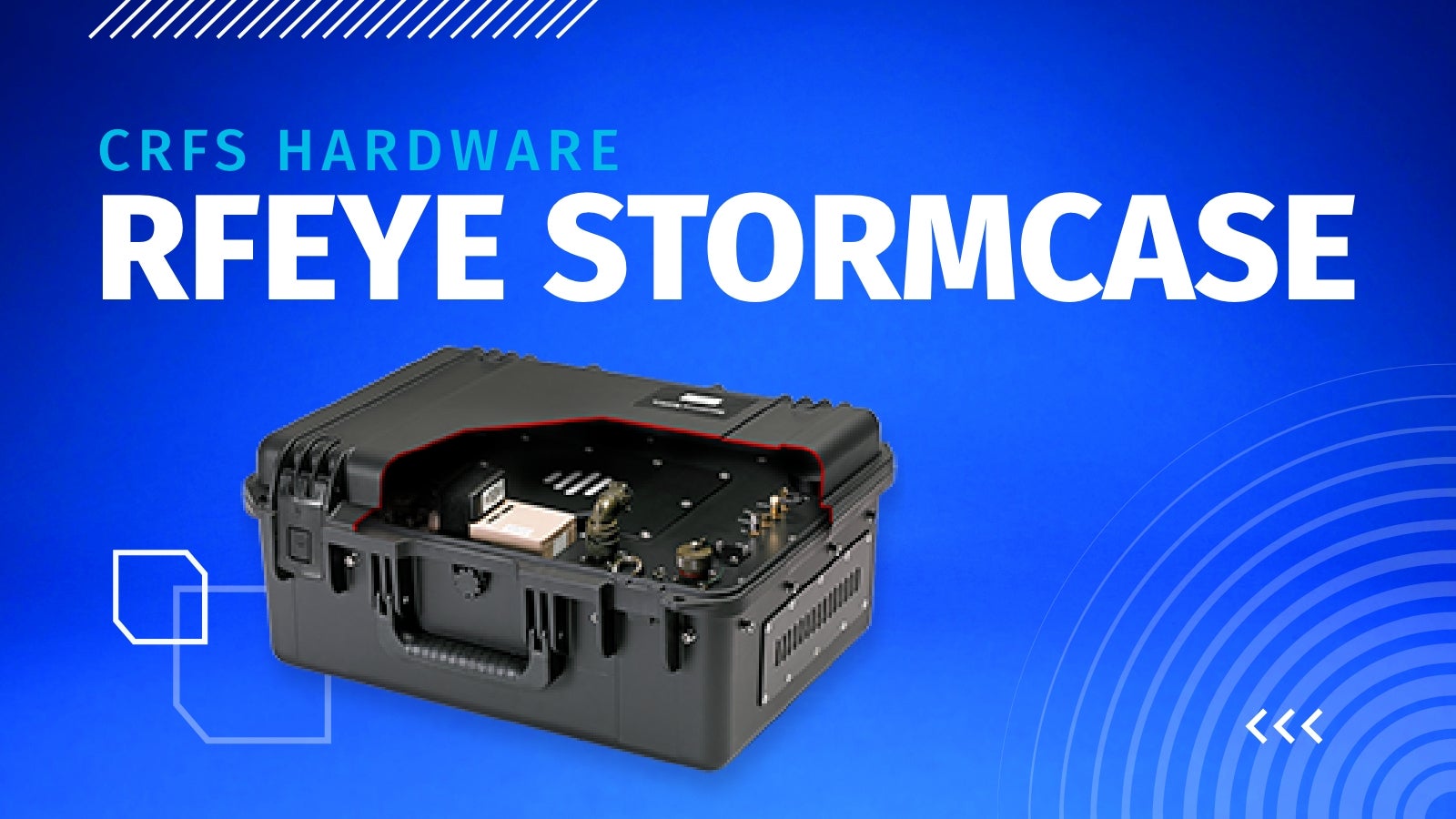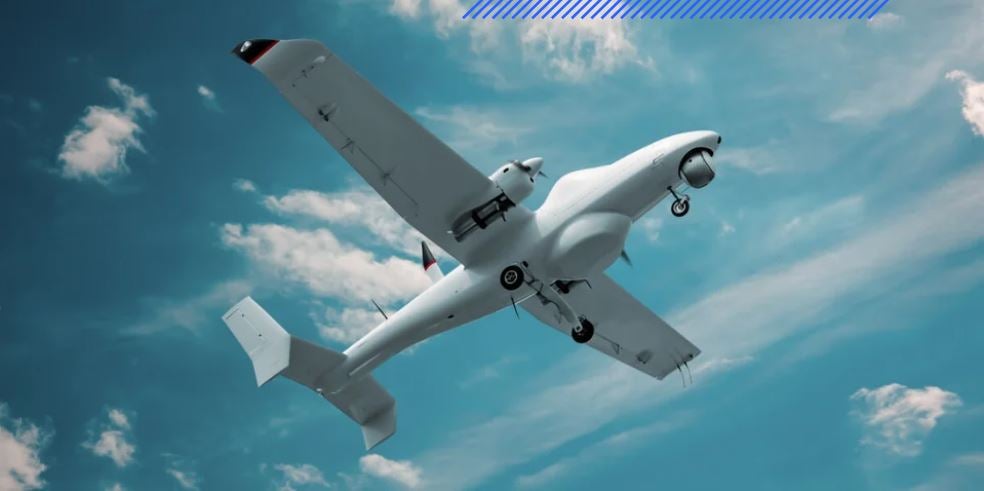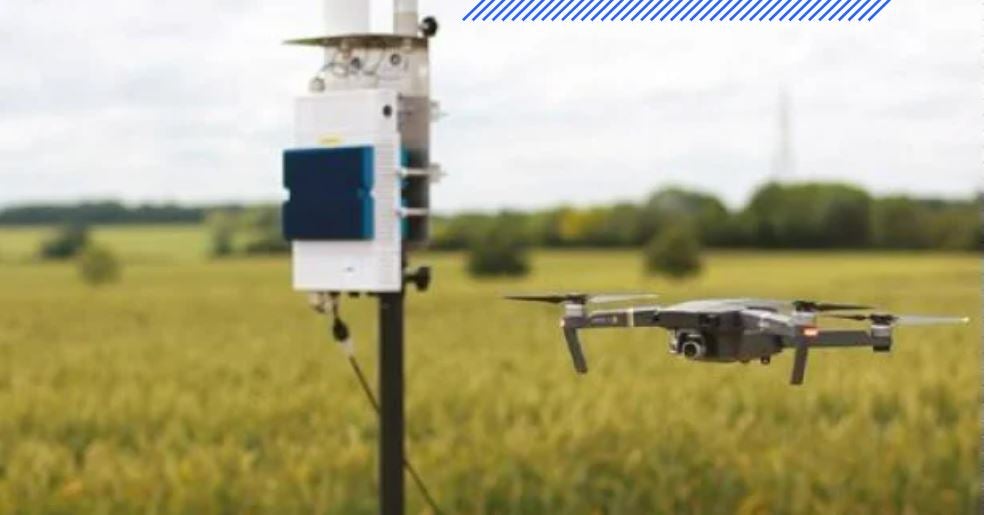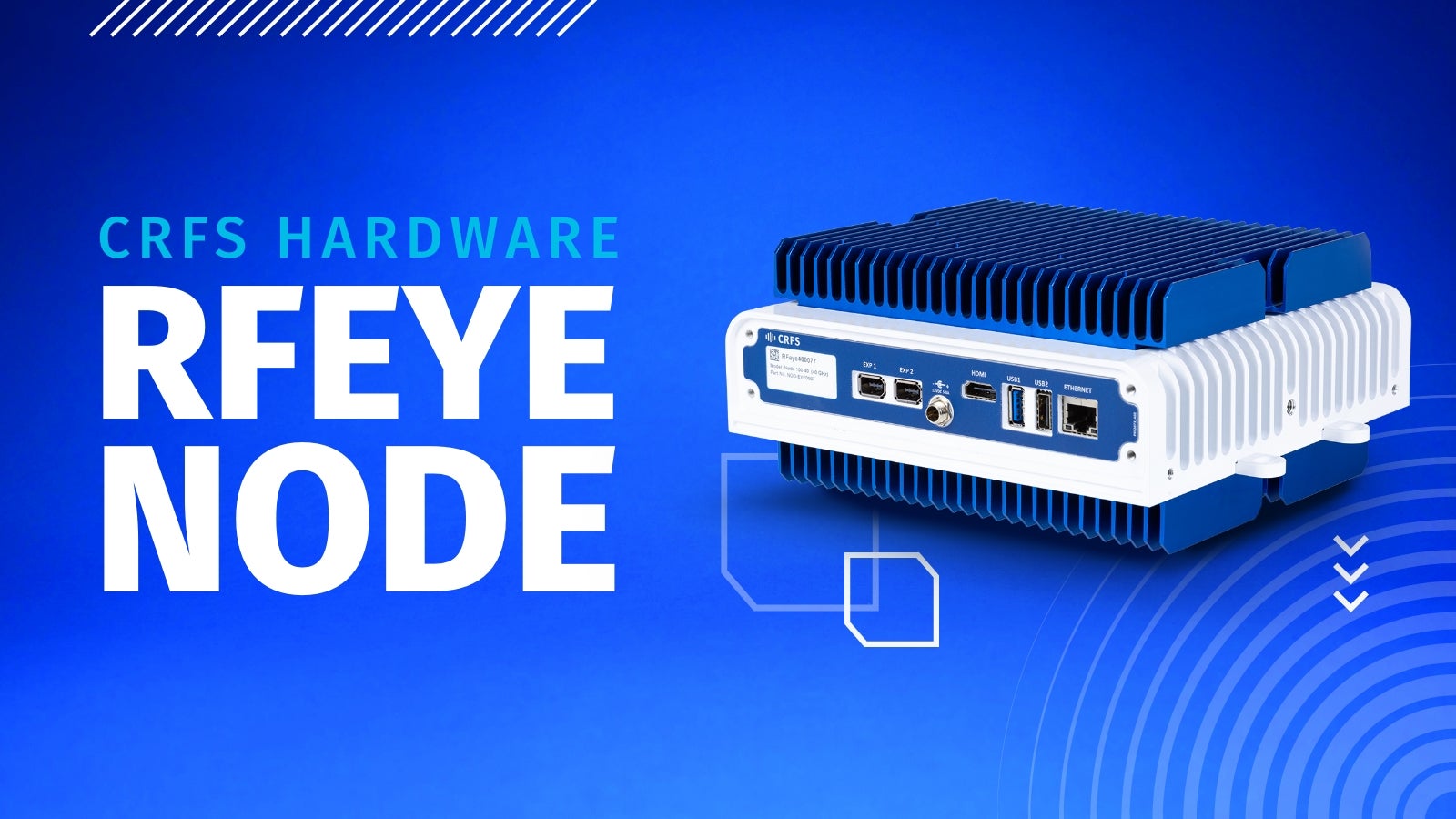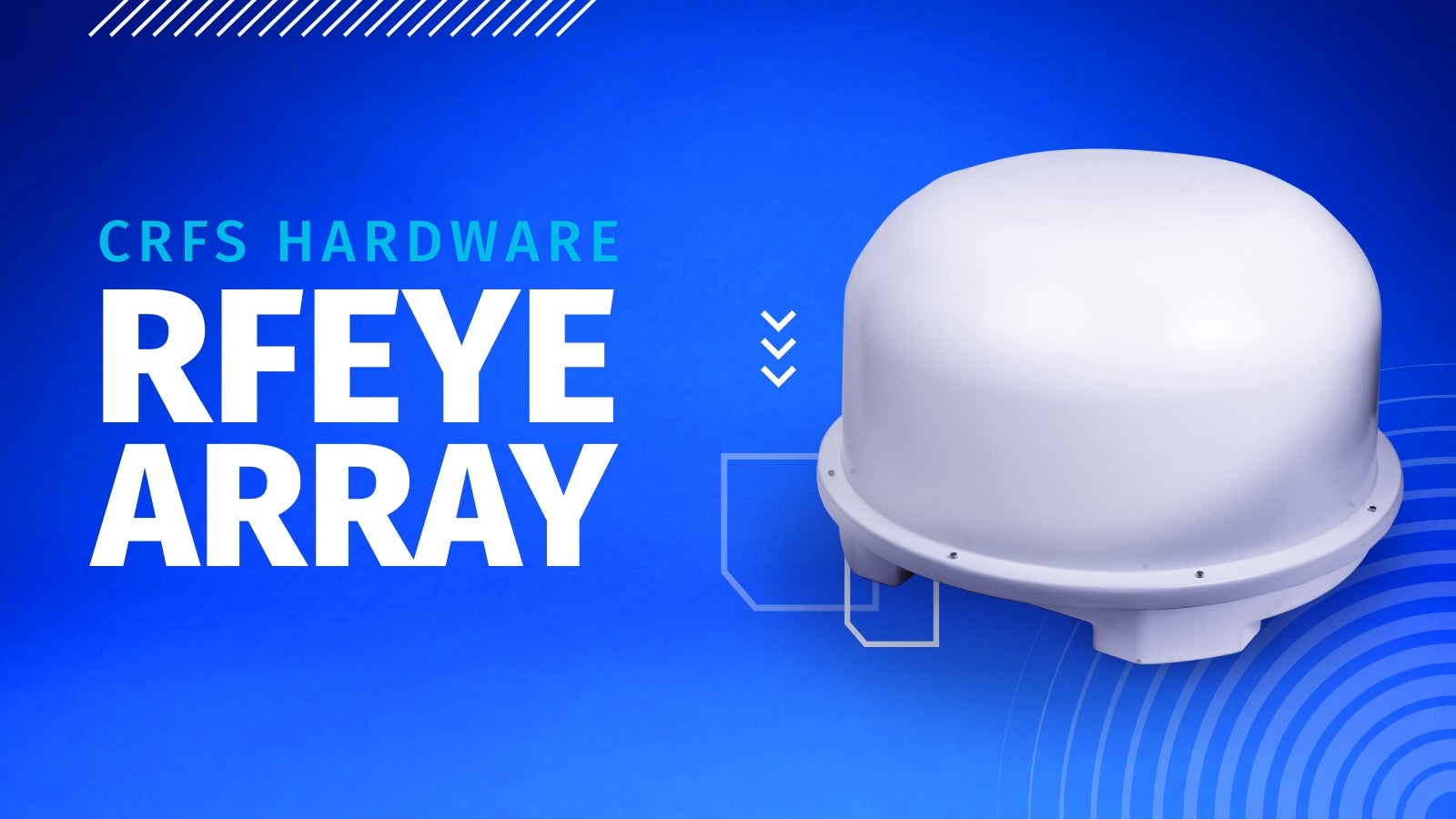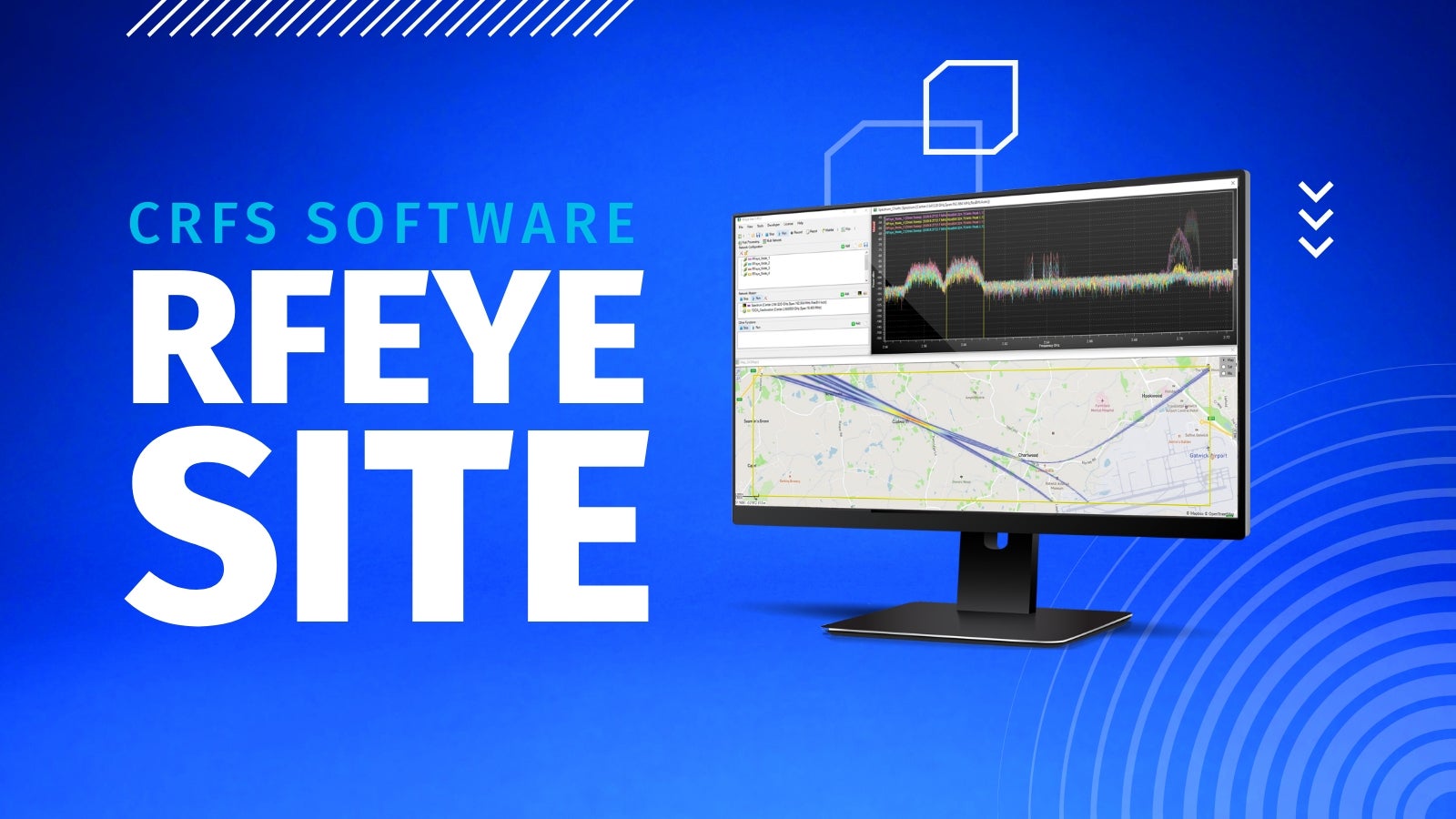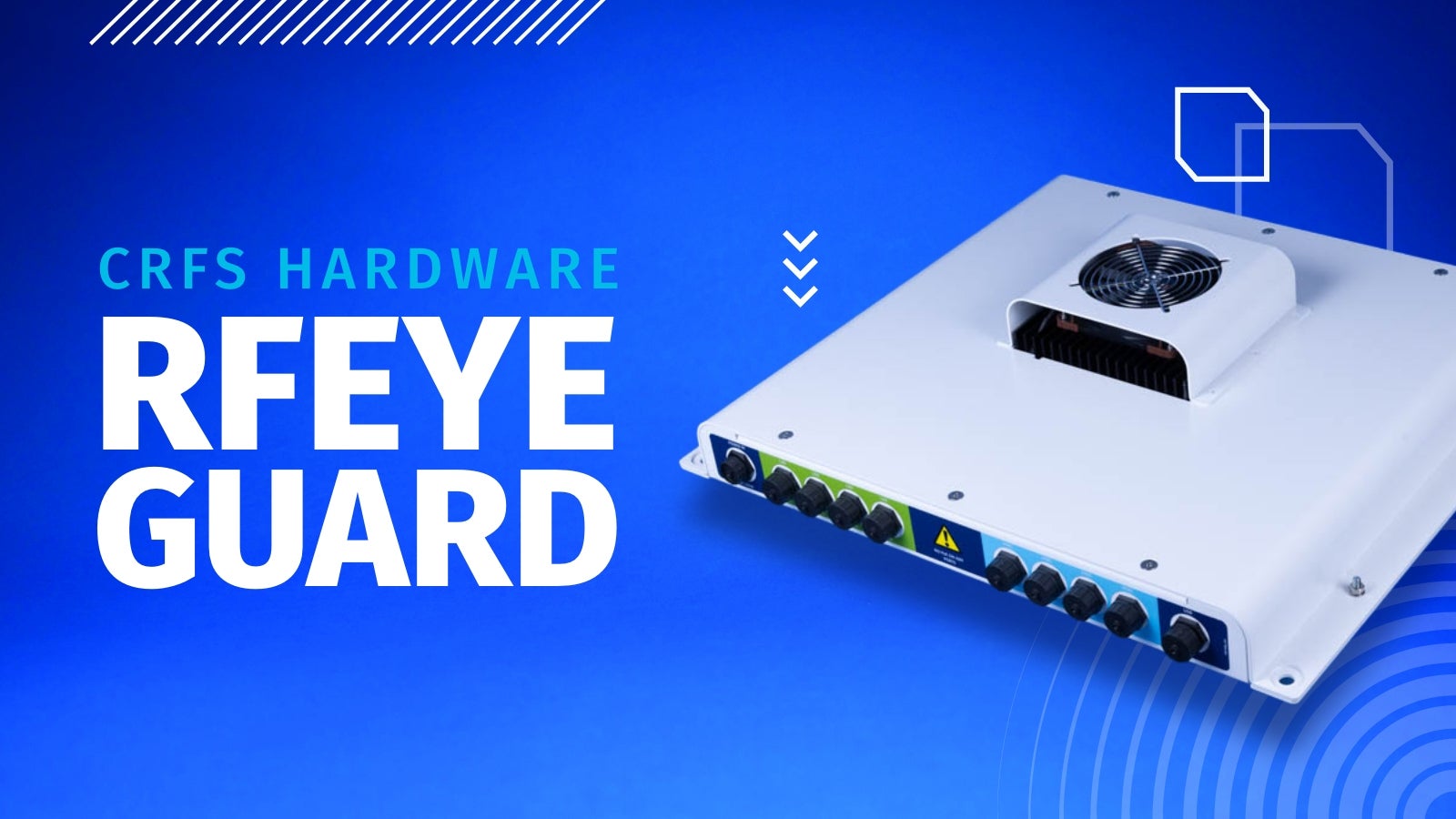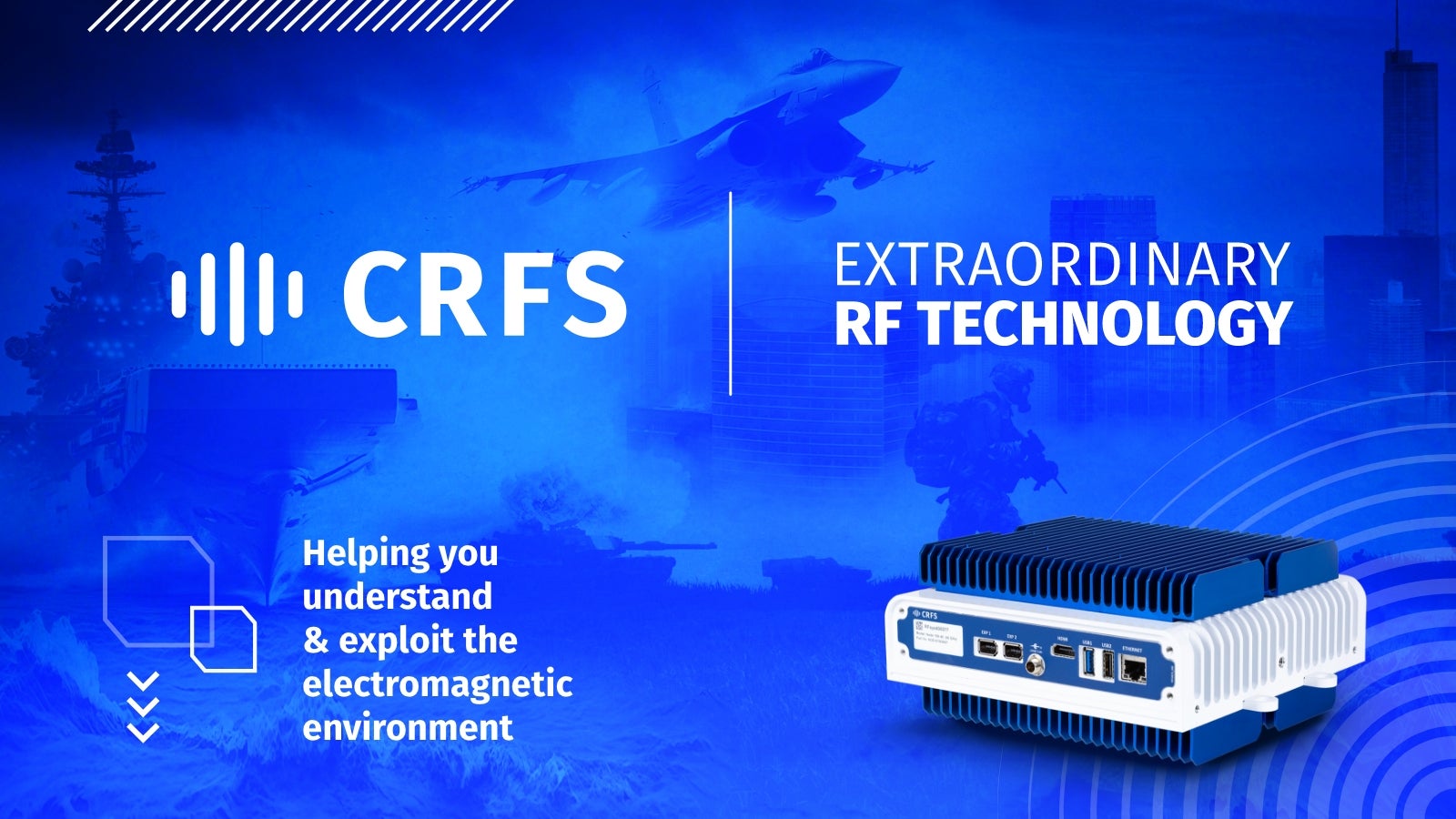
CRFS’ innovative RF spectrum monitoring and geolocation solutions help customers gather RF intelligence, ensure spectrum vigilance, and accomplish essential mission goals.
The company’s sophisticated hardware and software are vital for various critical applications, including electromagnetic spectrum operations, electronic warfare, compliance with spectrum regulations, and safeguarding the integrity of secure communications.
CRFS passive RF technology supports collaborative intelligence networks and integration across multiple domains to help customers with multiple missions.
Spectrum monitoring: Automated spectrum scanning enables swift identification and remediation of signal jamming, disruptions, or non-compliance incidents.
Direction finding and geolocation: Determining the origin and position of a signal is crucial for gathering critical intelligence and informing key decisions.
Military spectrum and EMSO: Intelligence about adversarial RF signals boosts battlefield awareness and secures spectral superiority, which is pivotal for hindering enemy activities and safeguarding allied units.
Border security monitoring: Conducting ISR across extensive regions, including borders, ports, and coastlines, is vital for threat detection. These systems can be assimilated with security and electronic warfare measures.
Infrastructure protection: An RF receiver network capable of identifying and geolocating threats can enhance the protection of critical facilities.
Air defence: 3D TDoA techniques augment radar capabilities—geolocating signals from airborne targets while avoiding detection.
Drone detection: A passive RF sensor network can geolocate drones in real-time, enabling accurate close-range 3D positioning and long-range line of bearing.
RF recording & signal capture: Capturing and analyzing signals of interest enhances the overall intelligence context, speeds up research and development processes, and provides essential RF data for electromagnetic superiority.
RFeye Node
High-performance passive RF sensors
The RFeye Node is a high-performance, portable RF sensor designed for real-time, round-the-clock spectrum monitoring and geolocation of transmitters. This RF sensor is engineered for military, governmental, and regulatory applications.
These superheterodyne receivers feature advanced in-built edge processing, exceptional phase noise, and excellent dynamic range, all housed within a rugged design suitable for diverse environmental conditions. They can be flexibly deployed and allow multiple users to conduct multiple missions. Combined with CRFS’ software suite, which can be integrated into a C2 system via proprietary APIs, they are a robust solution for comprehensive spectrum visibility. See the full range of RFeye Nodes.
RFeye Array
Precision geolocation and direction finding
The RFeye Array is a sophisticated direction-finding (DF) and geolocation system with ultra-wide frequency capabilities up to 40GHz. It offers robust performance for fixed and mobile applications and is equipped to handle DF, spectrum monitoring, and geolocation tasks simultaneously.
Housing one or two RFeye Nodes, RFeye Arrays are sensitive to a vast range of signal polarizations, and they accurately geolocate signals using a combination of AoA, TDoA, and PoA. This high-tech solution is encased in a rugged radome, ensuring durability even in the most hostile environments. See the full range of RFeye Arrays.
RFeye software
Software to monitor, capture, analyse, and geolocate signals
CRFS’ RFeye software suite is designed for comprehensive RF spectrum monitoring, geolocation, and analysis. It integrates seamlessly with CRFS’ hardware solutions, offering a complete system for spectrum operations. Providing real-time insights into the RF environment enables users to detect, analyze, and geolocate signals efficiently.
The suite includes tools for both technical and non-technical operators, and the availability of open-source APIs permits customized integration into existing systems.
RFeye Site is a real-time spectrum monitoring and geolocation toolkit.
RFeye Mission Manager allows automated spectrum monitoring and mission management.
RFeye DeepView permits forensic signal analysis with 100% POI.
RFeye Guard
Combatting the risk of espionage through TSCM
RFeye Guard is an advanced system for continuous, real-time technical surveillance countermeasures within high-security buildings. It employs highly sensitive RF sensors with fast sweep rates capable of monitoring the spectrum up to 40 GHz. Combined with autonomous spectrum monitoring software, the sensors ensure even the most discreet illicit signals do not go undetected.
A network of fixed RF sensors is discreetly located inside a building to monitor the electromagnetic spectrum constantly. When these receivers detect unauthorised signals, the RFeye software quickly geolocates the signal and automatically alerts security personnel, ensuring rapid response to potential threats. See RFeye Guard for full product specifications.
Tactical integrations
Rugged RF sensors fitted into drones and tactical vehicles
CRFS integrates ultra-sensitive, rugged RF sensors optimised for SWaP onto a range of mobile platforms.
Integrated vehicle solutions: CRFS offers tailored solutions to integrate RF sensors into tactical, unmanned, and commercial vehicles. These integrated vehicle solutions support a wide array of missions by providing mobile applications that enable simultaneous direction finding, spectrum monitoring, RF recording/signal capture, and geolocation capabilities, all while ensuring secure wireless communication. They can operate in GPS/GNSS-denied environments and support command and control, intelligence gathering, and reconnaissance efforts.
Integrated drones: CRFS integrates ultra-sensitive RF sensors onto drones as payloads to enhance spectrum monitoring capabilities. RFeye Nodes can be integrated into fixed-wing, free-flying, or tethered drones, offering flexibility for rapid deployment in inaccessible or hostile environments.
In real time, drones can stream RF data to a command centre for instant analysis and decision-making. Combining a UAV and an RF sensor creates a multi-domain network, increases line-of-sight, manages TDoA blindspots, and provides 360-degree situational awareness.



